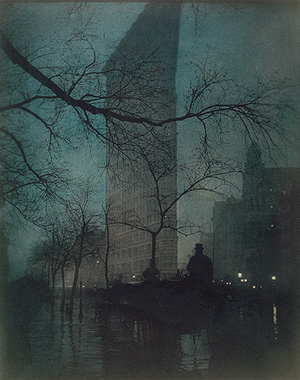bensyverson
Well-known
I like the look of 35mm... You see more of the grain character, as opposed to larger formats where grain can completely disappear.
With that said, if they had made a 120 version of the Hexar AF, I'm not sure how much 35mm I would be shooting.
With that said, if they had made a 120 version of the Hexar AF, I'm not sure how much 35mm I would be shooting.


